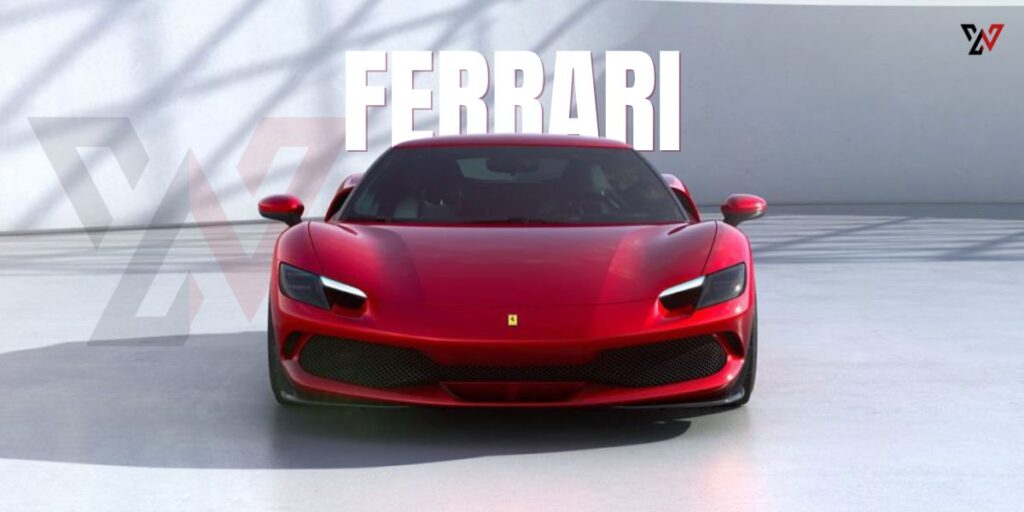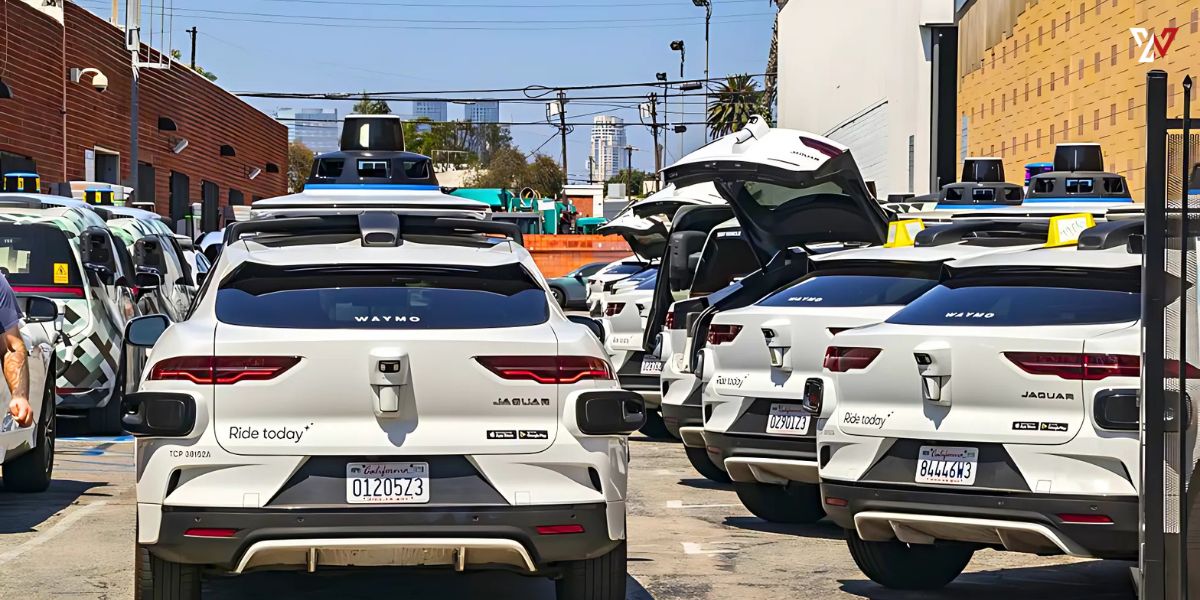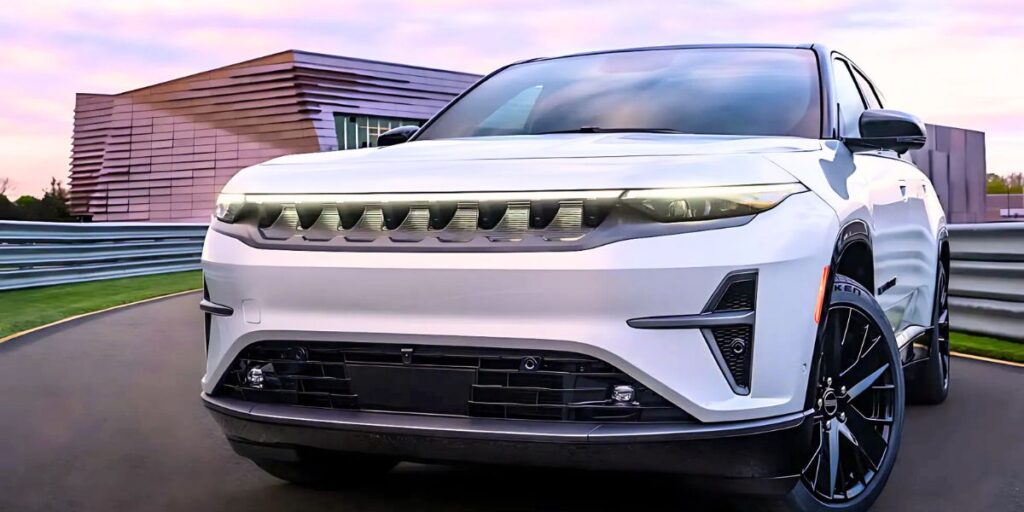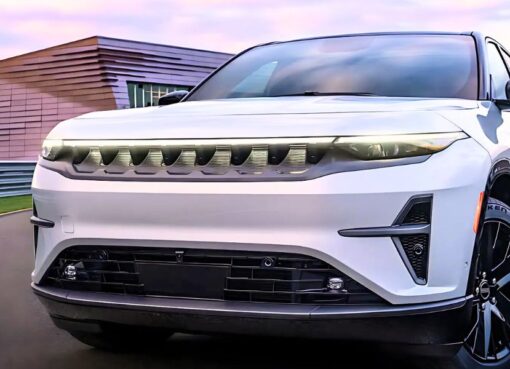What California’s EV Incentive Plan Could Look Like
The idea, according to CARB, is to “backfill” the federal tax credit with point-of-sale rebates, vouchers, or credits. These would give buyers direct savings when purchasing electric cars rather than waiting for tax season. The board emphasizes that incentives are crucial to making EVs more affordable, supporting infrastructure growth, and maintaining momentum in California’s push for clean transportation.
In its August report to Governor Newsom, CARB stated:
- Incentives should provide multi-year stability for the EV market.
- Programs should ensure affordability for consumers, particularly lower- and middle-income households.
- Expanded benefits would help buyers feel confident about choosing EVs over traditional vehicles.
Other Recommendations from CARB
CARB’s report didn’t stop at financial incentives. Additional measures suggested include:
- Expanding charging infrastructure for both private and commercial EVs.
- Improving access to EVs for low-income buyers.
- Preserving carpool lane access for certain EV owners.
- Introducing consumer protection policies to build trust in EV purchases.
These recommendations were made in response to Governor Newsom’s June 12 executive order to keep California on track with its clean transportation goals.
Why California Is Taking a Stand
California has long been a leader in emissions policy, with many states following its example. However, the state’s efforts have clashed with federal policies under the Trump administration, which rolled back emissions standards and even blocked California’s authority to set stricter rules.
CARB points out that five of the ten most polluted U.S. cities are in California, underscoring the urgency of pushing forward with zero-emission strategies. As CARB chair Liane Randolph said:
“As federal agencies move backward, we are moving forward with actions to expand clean and zero-emission vehicle adoption across all vehicle types.”
What This Means for California’s EV Market
If California goes ahead with its own program, the incentives could be as high as the former $7,500 federal credit—though the final number may vary. Regardless, CARB confirmed that California is staying committed to its target of 100% zero-emission new vehicle sales by 2035.
Currently, about 1 in 5 new cars sold in California are zero-emission vehicles, with more than 2 million EVs already on the road. With stronger state-backed incentives, this number is expected to grow even faster.
While details are still being worked out, it’s clear that California intends to remain a leading hub for electric vehicle adoption, regardless of federal pushback.















